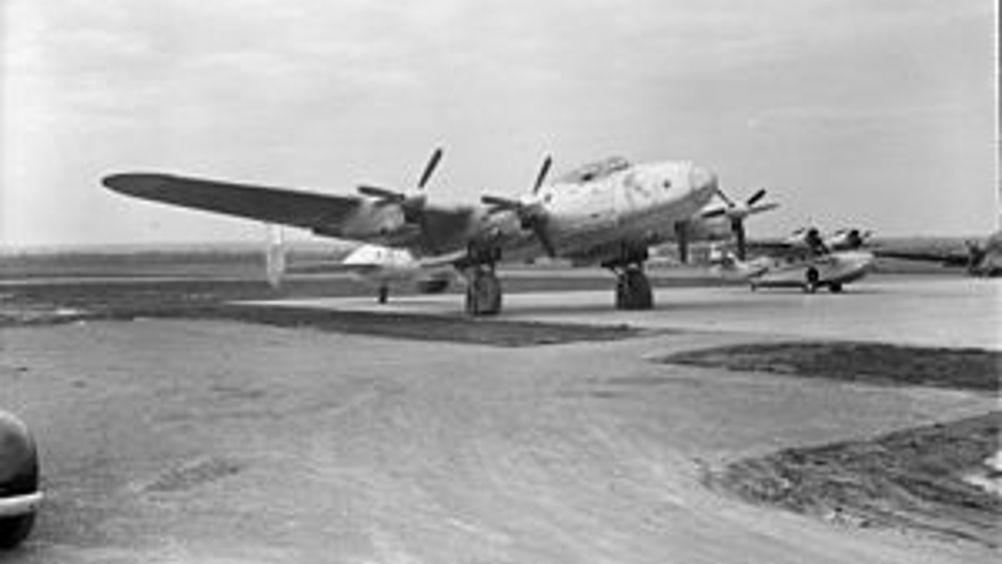September 1946: Post-war take-off
How The Engineer covered the Radlett aircraft exhibition, the forerunner of the Farnborough Airshow

By anyone’s standards, the 2018 edition of the Farnborough International Airshow was a resounding success, with UK industry set to reap £28bn from over 1,400 aircraft orders and commitments made during the event.
The biennial aerospace showcase is organised by Farnborough International Ltd, which is a subsidiary of ADS Group, the trade organisation that represents Britain’s aerospace, defence, security and space sectors.
ADS Group is itself formed from the merger of the Association of Police and Public Security Suppliers (APPSS), the Defence Manufacturers Association (DMA) and the Society of British Aerospace Companies (SBAC), which leads us to September 1946 and the forerunner of the Farnborough Airshow.
The seventh Flying Display and Exhibition of the Society of British Aircraft Constructors was held at the Handley Page aerodrome in Radlett, Herts and while the venue may have moved south, the aim of the show is as relevant now as it was 72 years ago.
The exhibition was the first since 1937 and held to show the world the products of the British aircraft industry to foster export trade. “Some 200 firms exhibited manufactures of aircraft, engines and components, and about 50 different types of civil and military aircraft were on view on the first day of the exhibition and were flown during the second day,” wrote our correspondent.
Register now to continue reading
Thanks for visiting The Engineer. You’ve now reached your monthly limit of premium content. Register for free to unlock unlimited access to all of our premium content, as well as the latest technology news, industry opinion and special reports.
Benefits of registering
-
In-depth insights and coverage of key emerging trends
-
Unrestricted access to special reports throughout the year
-
Daily technology news delivered straight to your inbox










UK Enters ‘Golden Age of Nuclear’
Apologies if this is a duplicate post - a glitch appears to have removed the first one: > While I welcome the announcement of this project, I note...